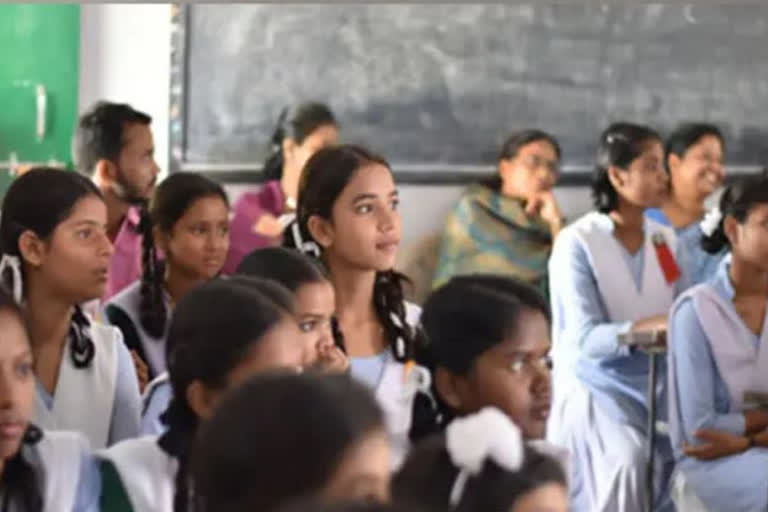New Delhi: More than 67 per cent children enrolled in schools across the country have at least one smartphone at home but over 26 per cent of them still do not have access to the device, according to the latest Annual Status of Education Report (ASER) survey.
The 16th ASER report released on Wednesday pointed out that there is sharp increase in the availability of smartphones from 36.5 per cent in 2018 to 67.6 per cent in 2021.
However, more children in private schools have a smartphone at home (79 per cent) as opposed to government school going children (63.7 per cent).
The report states that younger children are more deprived when it comes to access to smartphones, with as many as 40 per cent having no access despite having devices at home.
The survey aims to capture the transition in the education system in the country as the Covidpandemic shows signs of receding.
"Atleast 67.6 per cent children have a smartphone at home. But even in such households, 26.1 per cent children still have no access to smartphones. There is also a clear pattern by grade, with more children in higher classes having access to a smartphone as compared to children in lower grades," the report said.
"The data shows that the higher the percentage of familities who have atleast one smartphone in the home, the lower the likelihood that children will have no access, it said.
Bihar (53.8 per cent) has the highest per centage of students who do not have access to smartphone despite a device being available at home followed by West Bengal (46.5 per cent), Uttar Pradesh (34.3 per cent) and Rajasthan (33.4 per cent).
The survey revealed that there is substantial variation in access to smartphone by grade of children.
Read:PM Modi lauds Cabinet decision to provide mobile services to over 7,000 villages
"More children in higher classes have access to smartphone as compared to children in lower grades, it said.
Noting that the household economic status makes a difference in smartphone availability, the report said, as parents' education level increases (a proxy for economic status), the likelihood that the household has a smartphone also increases.
"In 2021, over 80 per cent children with parents who have studied up to class 9 or higher had a smartphone available at home, as compared to just over 50 per cent children whose parents had studied till class 5 or less. However, even among children whose parents are in the low' education category, over a quarter bought a smartphone for their studies since March, 2020," it added.
The ASER is a citizen-led household survey that provides nationally representative estimates of children's schooling status and their foundational reading and arithmetic skills in its standard format, the survey reaches children in the age group of 3-16 in almost all rural districts of India.
"Last year, COVID-19 interrupted this trajectory, along with so much else. But with schools being closed since March 2020, understanding the effect of the pandemic on schools, families and children was crucial," it said.
"To address the need for large scale nationally representative data on the impact of the pandemic on children's education, in 2020, ASER developed an entirely new design, consisting of a phone-based survey that explored children's access to learning opportunities, it added.
The report is based on a survey that was conducted in 25 states and three Union Territories. It covered a total of 76,706 households and 75,234 children in the age group of five to 16 years.
A total of 4,872 schools, which had reopened post their closure due to the pandemic, were surveyed while in-charges of 2,427 schools that had not opened at the time of the survey were contacted via phone.
PTI
